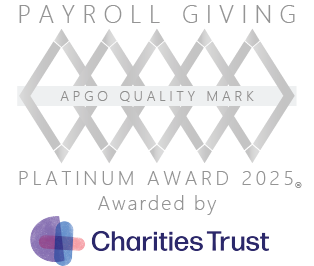Unravelling the Themes
Understanding the Complexity of Attention Metrics:
Marc Guldimann, CEO of Adelaide, emphasised the diversity of solutions available in the market. He argued that this diversity prevents suppliers from manipulating their supply chains, reminiscent of the challenges faced with viewability metrics in the past. His advice was clear: measure attention metrics without giving in to the temptation of optimisation. Marc’s reminder not to let perfection hinder progress seemed to resonate with the audience and definitely did with my own experience in digital media.
The Need for Unified Solutions:
Chloe Nicholls, Head of Ad Tech at IAB UK, pointed out the industry’s craving for a single, seamless solution for easy migration between suppliers. This demand, as she highlighted, could be a response to concerns about a lack of clarity in measurement. She noted that publishers are beginning to appreciate the advantages of attentive ads, leading to potentially higher CPMs. Nicholls urged industry players to leverage this technology now, emphasising that highly attentive formats are undervalued but effective.
Proving the Value of Attention:
Debbie Rosenthal-Davies, Head of Solutions, UK at MIQ revealed that MIQ collaborates with various attention suppliers and has a strategic partnership with Adelaide. Debbie stressed the importance of proving the value of attention metrics by aligning them with desired outcomes. This approach ensures that attention becomes a valuable alternative for success, rather than an isolated metric.
Facing the Challenges: Industry Concerns Unveiled
However, the open forum discussion that followed the panel session revealed a different side of the story. Attendees expressed their concerns and reservations, pointing out several roadblocks hindering the widespread adoption of attention metrics.
Some attendees highlighted the dominance of major clients in the industry, who are primarily judged by auditors based on price alone. For them, paying a premium for attention metrics seems impractical, despite the potential benefits. This perspective raises crucial questions about the industry’s fixation on immediate cost savings versus long-term value.
Several independent agencies were hesitant to embrace attention metrics until major holding companies adopted them. This cautious approach highlights a reluctance to innovate and a preference for a ‘wait and see’ attitude, which might hold up progress in the long run.
One notable concern revolved around the cost of optimising for attention metrics. Despite MIQ’s offer to absorb some of these costs, some agencies remained hesitant, citing financial constraints as a barrier to adoption.













